Articles
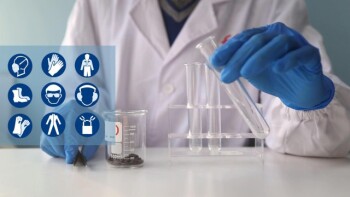
Enhancing Safety in Your Laboratory: A Comprehensive Guide to Pressure Reactor Safety
1 year agoLaboratory safety isn't just about you. Improper preparation and mishandling can cause potential hazards that could be disastrous if left unchecked. It is crucial to take the time to carefully prepare your pressure reactor and lab safety equipment, as even minor problems can escalate quickly when working under pressure.
Learn More

How to Use FTIR Pellet Press to Prepare Samples for Analysis
1 year agoFourier Transform Infrared (FTIR) spectroscopy is a powerful analytical technique used to identify and quantify chemical compounds in a wide range of samples. FTIR analysis requires the sample to be in the form of a pellet, which is prepared by compressing the sample with a suitable matrix material.
Learn More
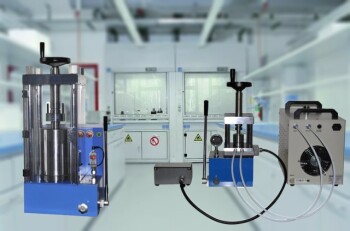
Hydraulic Presses vs. Mechanical Presses Which is Right for Your Laboratory
1 year agoHydraulic and mechanical presses are two commonly used types of presses, each with its own set of advantages and disadvantages. Hydraulic presses use hydraulic cylinders to apply force, while mechanical presses use a mechanical lever or cam to apply force.
Learn More
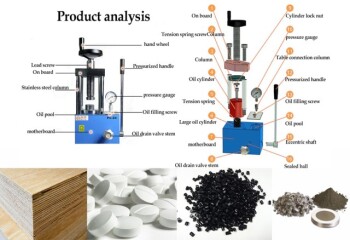
Understanding the Importance and Applications of Laboratory Presses
1 year agoLaboratory presses play a vital role in various industries, providing precision and consistency in demanding operations. These versatile machines are used for testing, compacting, and molding materials in sectors such as pharmaceutical, laminating, rubber, and plastic molding. Whether it's for R&D, limited production, or lean manufacturing, laboratory presses offer durability and rigorous demand fulfillment.
Learn More

How to Save Money When Buying a Rotary Evaporator (Rotavapor)
1 year agoA rotary evaporator, also known as a rotavapor, is a laboratory equipment commonly used to remove solvents from a sample. It works by rotating the sample flask to create a thin film of the solvent, which is then evaporated.
Learn More

Understanding the Features and Functions of Laboratory Press
1 year agoLaboratory presses are essential equipment in various industries, offering precise and controlled sample preparation for testing and research purposes. These presses come with a range of features and functions that ensure reliable and consistent results. Understanding the capabilities of laboratory presses is crucial for businesses looking to optimize their sample preparation processes. From uniform temperature distribution to mechanical solidity, these presses offer a comprehensive solution for consistent sample thickness and closure force.
Learn More

Understanding Filter Press: Function, Components, and Applications
2 years agoA filter press is a piece of equipment used in liquid/solid separation. It separates liquids and solids using pressure filtration. The slurry is pumped into the filter press and is dewatered under pressure. The design of the filter press is based on the volume and type of slurry that needs to be dewatered. There are various configurations of filter presses available, including sidebar automatic, manual overhead, automatic dual overhead beam, stainless steel clad, explosion-proof filter presses, vacuum filter presses, and hand filter presses.
Learn More

How to Maximize Extraction Efficiency with a Rotary Evaporator
2 years agoRotary evaporation is a technique used to separate solvents from a sample through the removal of volatile components. It involves placing a sample in a round bottom flask and rotating it while under vacuum.
Learn More

Pressing Powder Samples and Molding Polymer Films: A Comprehensive Guide
2 years agoPressing powder samples is done to create a solid material that remains intact even after the load is removed. This process involves pushing the powder grains closer together, closing the gaps between them and forcing them to flow and rearrange themselves into a more compact arrangement. As the available volume reduces, the flow of particles stops, and they undergo plastic and elastic deformations that result in bonding between the grains.
Learn More

Understanding Electrodes and Electrochemical Cells
2 years agoAn electrode is a point where current enters and leaves the electrolyte. It is a conductor used to make a junction with a nonmetallic part of a circuit. Electrodes can be made of materials such as gold, platinum, carbon, graphite, or metal. They serve as the surface for oxidation-reduction reactions in electrochemical cells. There are different types of electrodes, including anode and cathode.
Learn More
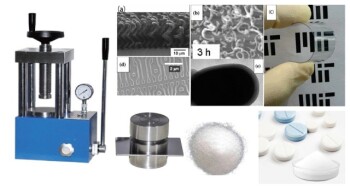
Choosing the Right Lab Press: A Comprehensive Guide
2 years agoWhen choosing a lab press, it is important to consider the load or force that will be applied to the sample. This will ensure that the press is capable of providing the necessary pressure for your specific application.
Learn More

Isostatic Presses for Aerospace Applications
2 years agoIsostatic pressing is a manufacturing process that uses pressure to create uniform parts with consistent density and strength. The process involves placing a material in a flexible container, which is then pressurized from all sides to create a uniform shape.
Learn More

Understanding Electrolytic Cells and Their Role in Copper Purification and Electroplating
2 years agoElectrolytic cells play a crucial role in various industrial processes, including copper purification and electroplating. These cells utilize an external power source to drive chemical reactions, resulting in the decomposition of substances. Through the process of electrolysis, an electric current is passed through a liquid or solution containing ions, causing them to break down.
Learn More

Understanding Laboratory Press and its Functionality in Rubber Industry
2 years agoIn the rubber industry, laboratory presses play a crucial role in the manufacturing process. These presses are used for various purposes, such as rubber vulcanization and testing. Understanding how laboratory presses function is essential for ensuring efficient production and maintaining product quality. In this blog post, we will explore the functionality of laboratory presses in the rubber industry, including their role in the vulcanization process.
Learn More
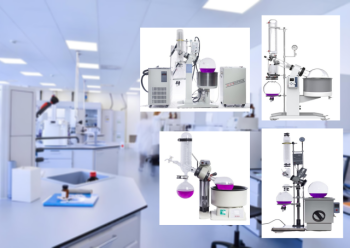
How to Get the Best Deal on a Rotavapor for Your Lab
2 years agoA Rotavapor is an essential laboratory equipment that is widely used in various fields such as chemistry, biology, and pharmaceuticals.
Learn More
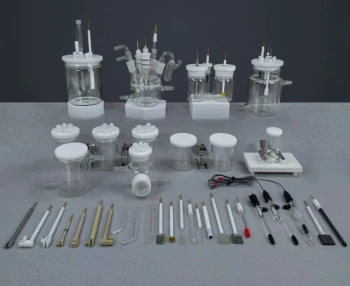
Understanding Electrolytic Cells: Conversion of Energy and Applications
2 years agoElectrochemical cell An electrochemical cell is a device capable of either generating electrical energy from chemical reactions or facilitating chemical reactions through the introduction of electrical energy.
Learn More
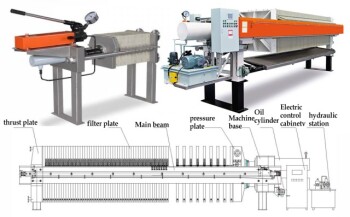
Comparative Analysis of Laboratory Filter Presses and Industrial-Scale Filter Presses
2 years agoLaboratory filter presses and industrial-scale filter presses are both essential tools used in various industries. While laboratory filter presses are designed for smaller-scale applications, industrial-scale filter presses are built to handle larger volumes.
Learn More
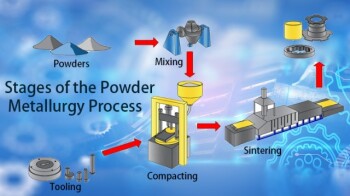
Isostatic Presses vs Other Powder Compaction Methods
2 years agoPowder compaction is a process used to form solid objects from powder. The process involves compressing the powder into a die, where it is subjected to high pressure to form a solid object.
Learn More
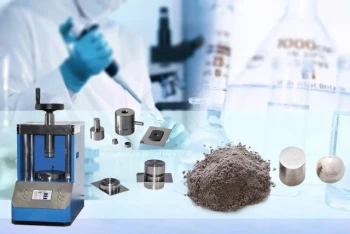
Choosing the Right Press for Your Laboratory Needs
2 years agoLaboratory hydraulic presses are smaller versions of the hydraulic presses commonly used in manufacturing and industrial applications. These presses are designed to exert force and are easy to operate, offering more precision and control. In laboratory settings, hydraulic presses are used for a variety of applications that require pressure or heat.
Learn More
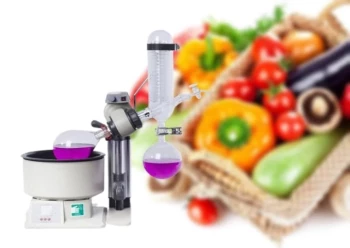
How to Create Delicious Infusions with a Rotary Evaporator
2 years agoRotary evaporator infusions are a popular way to create flavorful tinctures, extracts, and infusions. A rotary evaporator is a device that uses vacuum and heat to remove solvents from samples, leaving behind a concentrated extract. This process is ideal for creating infusions because it minimizes the risk of overheating and damaging the ingredients.
Learn More
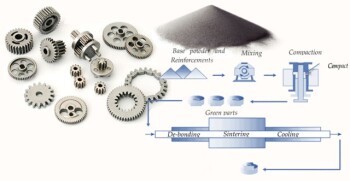
Understanding Isostatic Pressing in Powder Metallurgy
2 years agoIsostatic pressing is a crucial technique used in powder metallurgy to achieve high-density components with improved mechanical properties. It involves subjecting a powder compact to equal pressure from all directions, resulting in uniform compaction and minimal defects. Isostatic pressing offers several advantages over traditional uniaxial pressing, such as improved density and microstructure control.
Learn More
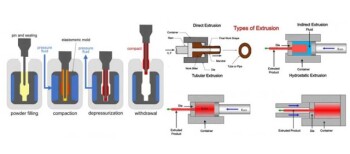
Isostatic Pressing A Low Distortion Alternative to Extrusion
2 years agoIsostatic pressing is a manufacturing process that uses high pressure to compress powdered materials into a specific shape or form.
Learn More

Understanding Isostatic Pressing and Its Implications in Various Industries
2 years agoIsostatic pressing is a fascinating manufacturing process that has significant implications in various industries. It involves applying equal pressure from all directions to a material, resulting in improved strength and uniformity. This process is widely used in manufacturing, automotive, electronics, semiconductor, medical, aerospace and defense, energy and power, and research and development sectors.
Learn More
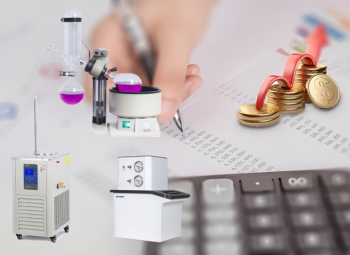
How to Choose the Best Rotary Evaporator (Rotavapor) for Your Budget
2 years agoA rotary evaporator, also known as a rotavapor, is a laboratory equipment used for distillation, evaporation, and separation of solvents.
Learn More
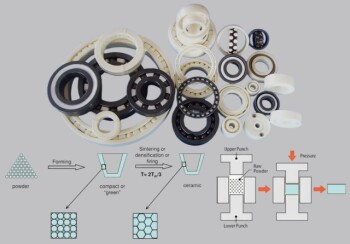
Isostatic Pressing of Ceramics: Process and Precision
2 years agoWhen it comes to producing high-quality ceramic components, one of the most crucial processes is isostatic pressing. This technique ensures the uniformity and precision required for manufacturing ceramics used in various industries. Isostatic pressing involves carefully selecting the pressing powders and controlling the tools to achieve the desired uniformity. By understanding the process of isostatic pressing, manufacturers can ensure the production of ceramics that meet the strict standards of dimensional accuracy and performance.
Learn More

Isostatic Pressing for Aerospace and Defense Applications
2 years agoIsostatic pressing is a manufacturing process that is widely used in the aerospace and defense industry to produce high-quality, high-performance parts. In this process, a ceramic or metal powder is placed in a flexible mold, which is then subjected to a uniform pressure from all sides using a high-pressure fluid.
Learn More

Isostatic Pressing in Aerospace and Defense Industries
2 years agoIsostatic pressing, also known as cold or hot isostatic pressing (CIP/HIP), is a manufacturing process used in a variety of industries, including aerospace and defense. The technique involves applying equal pressure to the material from all directions, resulting in uniform density and improved mechanical properties. Isostatic pressing plays a vital role in the aerospace and defense industry, creating components such as aerospace castings, jet engine parts, turbine blades, and even ballistic-proof materials and gun parts.
Learn More
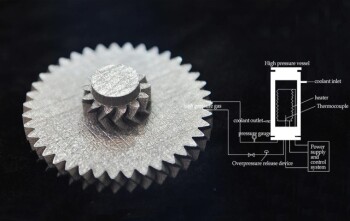
Enhancing Additive Manufacturing Materials Through Isostatic Pressing and Material Characterization
2 years agoIsostatic pressing is a process used to produce various types of materials from powder compacts by reducing their porosity. It involves applying pressure equally from all directions, confining the metal powder within a flexible membrane or hermetic container. This pressure barrier, whether it be a liquid or gas, surrounds the powder and helps to reduce porosity.
Learn More
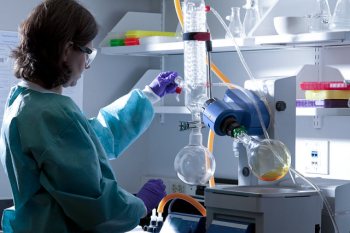
How to Use a Rotary Evaporator Like a Pro
2 years agoRotary evaporators, also known as rotovaps, are commonly used in chemical labs for the efficient and gentle removal of solvents from samples by evaporation.
Learn More
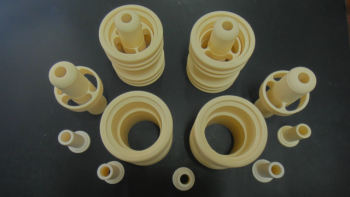
Isostatic Pressing for Producing Parts with Internal Shapes
2 years agoIsostatic pressing is a manufacturing process that is widely used in the production of complex-shaped parts. It involves applying equal pressure from all directions to a material placed inside a flexible mold.
Learn More